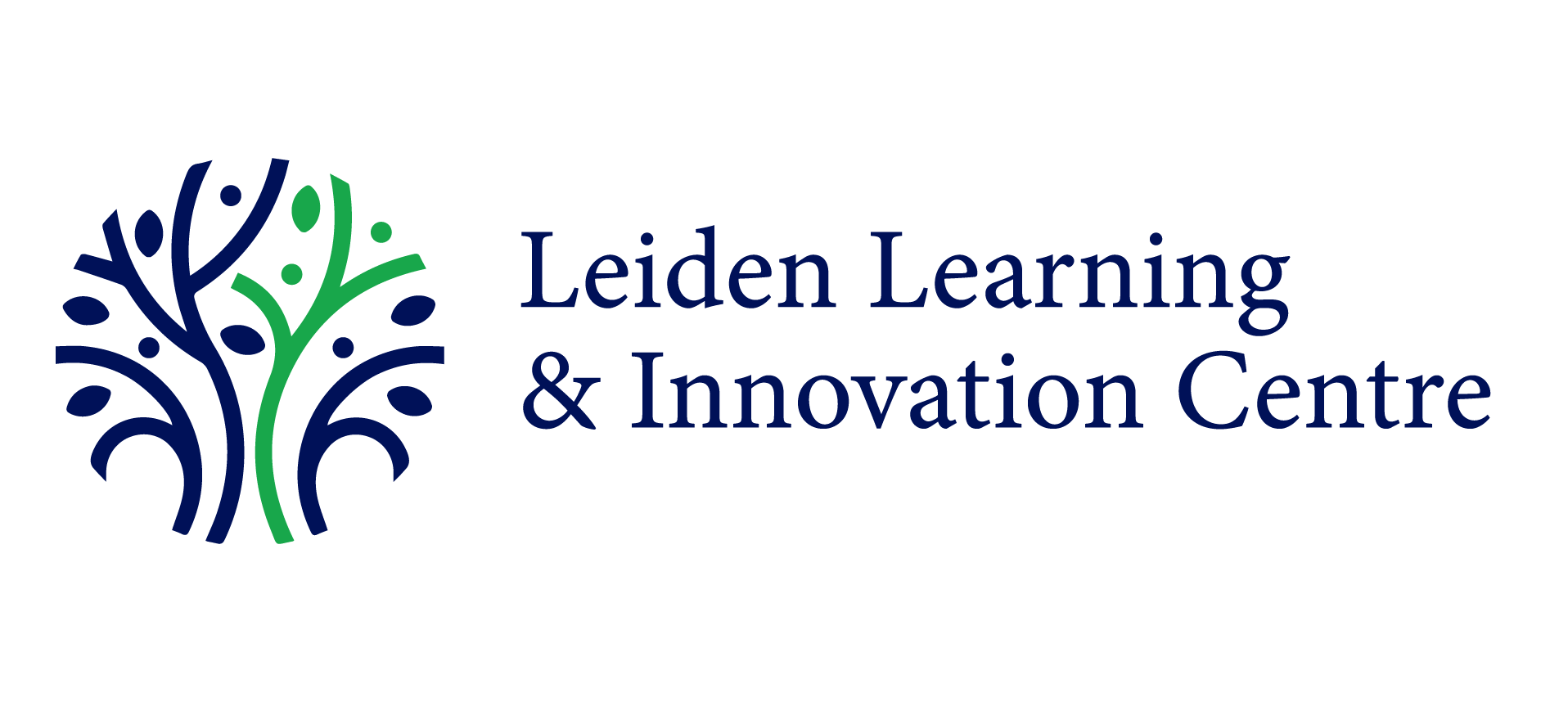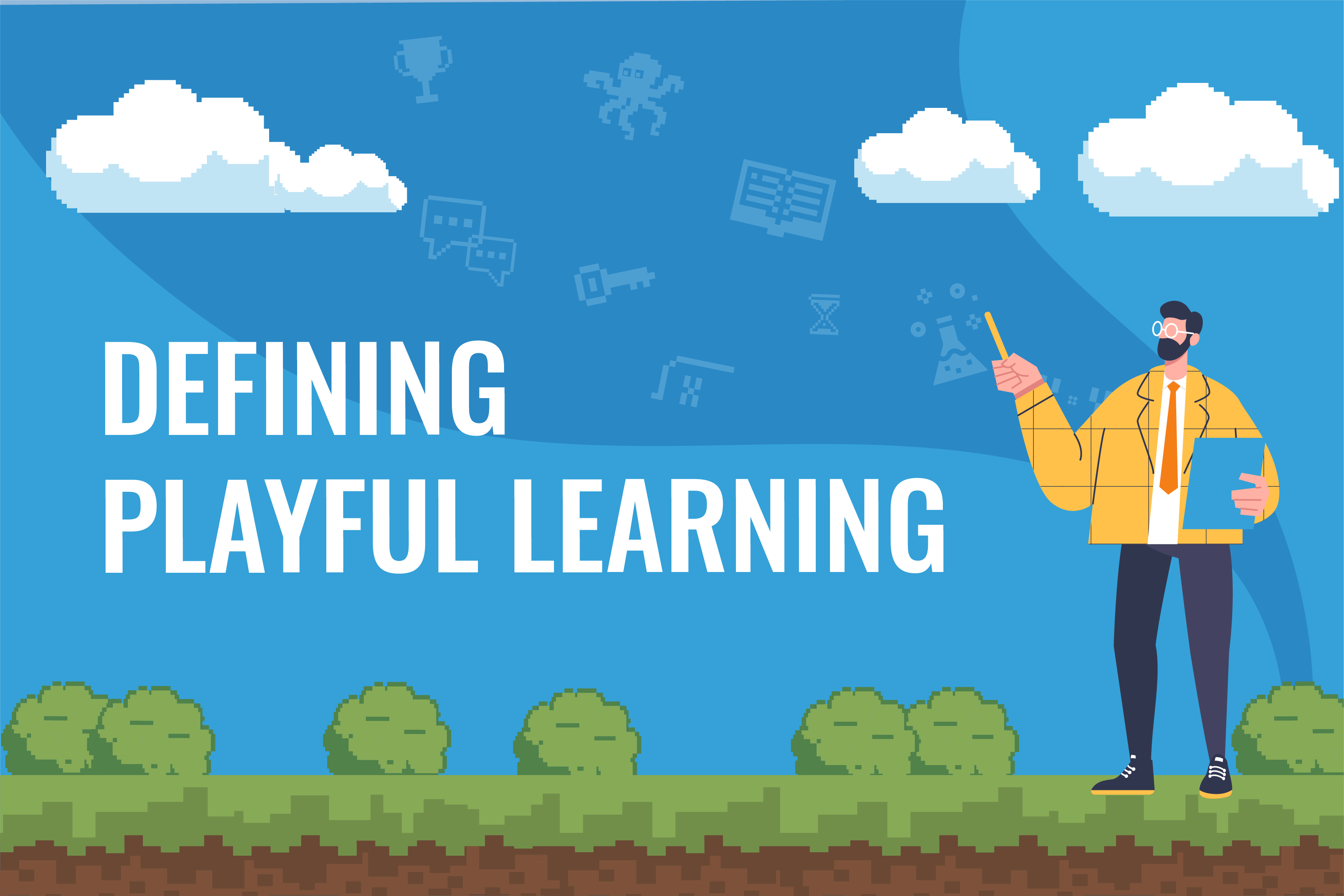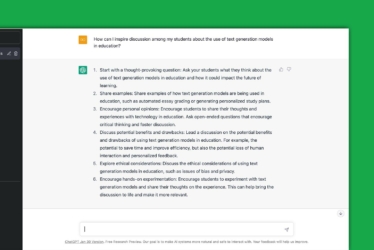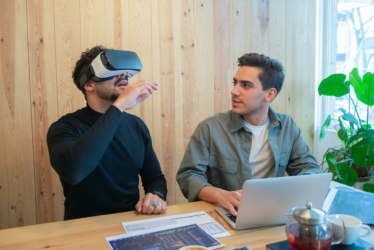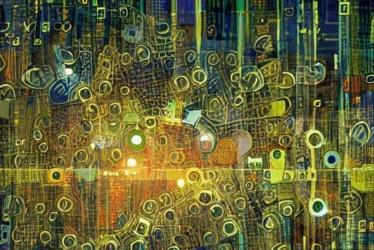Insights
Defining Playful Learning
What is playful learning and how can teachers use it to achieve learning goals?
Introduction
At the Centre for Innovation, we are constantly looking for new ways to stimulate curiosity and innovation in learning. In recent years, gamification and games have been applied to learning in many ways, just think of the popular app Duolingo and gamified teaching methods in elementary and middle school. This trend of using game principles in learning is also popping-up in higher education as universities are developing escape rooms, serious games, and other gamified teaching methods. At the Centre for Innovation we want to explore how to use the full potential of play for learning. Play stimulates flow state (colloquially known as being in the zone) and a mindset in which students take more risks, ideal for learning. The psychologist Mihály Csíkszentmihályi coined and studied flow state and describes this as a state of mind in which a person becomes fully immersed in an activity.
In a series of articles we will explore the full potential of playful learning for stimulating curiosity and innovation in learning. We will look at gamified education already taking place at Leiden University and the Centre for Innovation. Once we have mapped the field, we will outline experiments set up by the Centre to test a playful approach in learning design.
What are games and what is play?
In his 1938 book Homo Ludens, Dutch historian John Huizinga wrote about the importance of play (and rituals) in culture. Huizinga identified six characteristics of play: free activity, not intentional, immersive, bound in time and space, fixed rules, and social function. From there, the field has developed considerably, even leading to such areas as game studies (or ludology) in the 21st Century.
There are three central elements to play and games:
- Dynamics – general elements that shape the experience such as spontaneity, creativity, constraints of time and place, emotions, narrative, progression, communities.
- Mechanics – Action that moves the game forward like challenges and rewards.
- Game components – Specific sub elements like achievements, personalization, and unlocking content (source).
Let’s look at how these characteristics and components interact in gamification, serious games, and finally playful learning.
Gamification is the application of certain game mechanics (eg experience points with leaderboards and other forms of competition like collecting badges) to provide extrinsic motivation by offering intangible rewards, without other dynamics such as spontaneity, narrative and immersion. It is used in platforms and apps, and to a lesser extent in higher education, to create user engagement. In gamification, the visual design is often more important than the game concept. Gamification elements can be added to a learning experience without having to redesign it. It can affect intrinsic motivation by making extrinsic motivation more important.
Serious games use simulation with the purpose of teaching the players by experiencing reality in a safe environment where they can fail or repeat the experience to hone practical skills and competences. Unlike with gamification, it leans heavily on the dynamics of narrative and immersion to enhance the sense of reality. Examples include MOOT Court at the Leiden Law faculty, and roleplaying games in the MSc Crisis & Security Management (FGGA).
As an immersive educational experience, the game mechanics in serious gaming are overt and still dominate the experience through scripting, and there is less spontaneous creative activity. In serious games the learning material is redesigned into something new.
Playful learning aims to stimulate the construction of new knowledge and skills by letting students wonder, experiment, fail, take risk, construct, and reflect critically on the content and their learning experience (Witton, Toft-Nielson, Norgard, 2017). The focus is more on dynamics, the spontaneous, creative experience, and less on game mechanics. Playful learning can be found in humor in the classroom, roaming around in a virtual environment or weekly reflection challenges. Playful learning connects the six activities of play to learning.
The difference between playfulness and both games and play is best summed up by the influential philosopher John Dewey. He states that‘playfulness is an attitude of mind, play is a passing outward manifestation of this attitude’. While gamification and game-based learning are manifestations of playfulness, the learners or teachers are not necessarily stimulated to take on a playful mindset. It is this mindset that we want teachers and students to manifest during their teaching and learning because this will increase motivation, creativity and learning outcomes for both students and teachers.
So, what is playful learning?
After comparing many different definitions of playful learning, we came up with the following:
Playful learning is an educational approach in which a state of being is facilitated that is creative, explorative, experimental, active, and immersive. It stimulates intrinsic motivations and the flow state of the learner. The learning activities are focused on constructing knowledge or skills in a fun and experimental manner.


What is the difference between play and games?
In our research into the differences between games, play, playful learning, gamification, and serious games, we compared them on a number of aspects. In the table below you can find the aspects relevant to the different concepts.
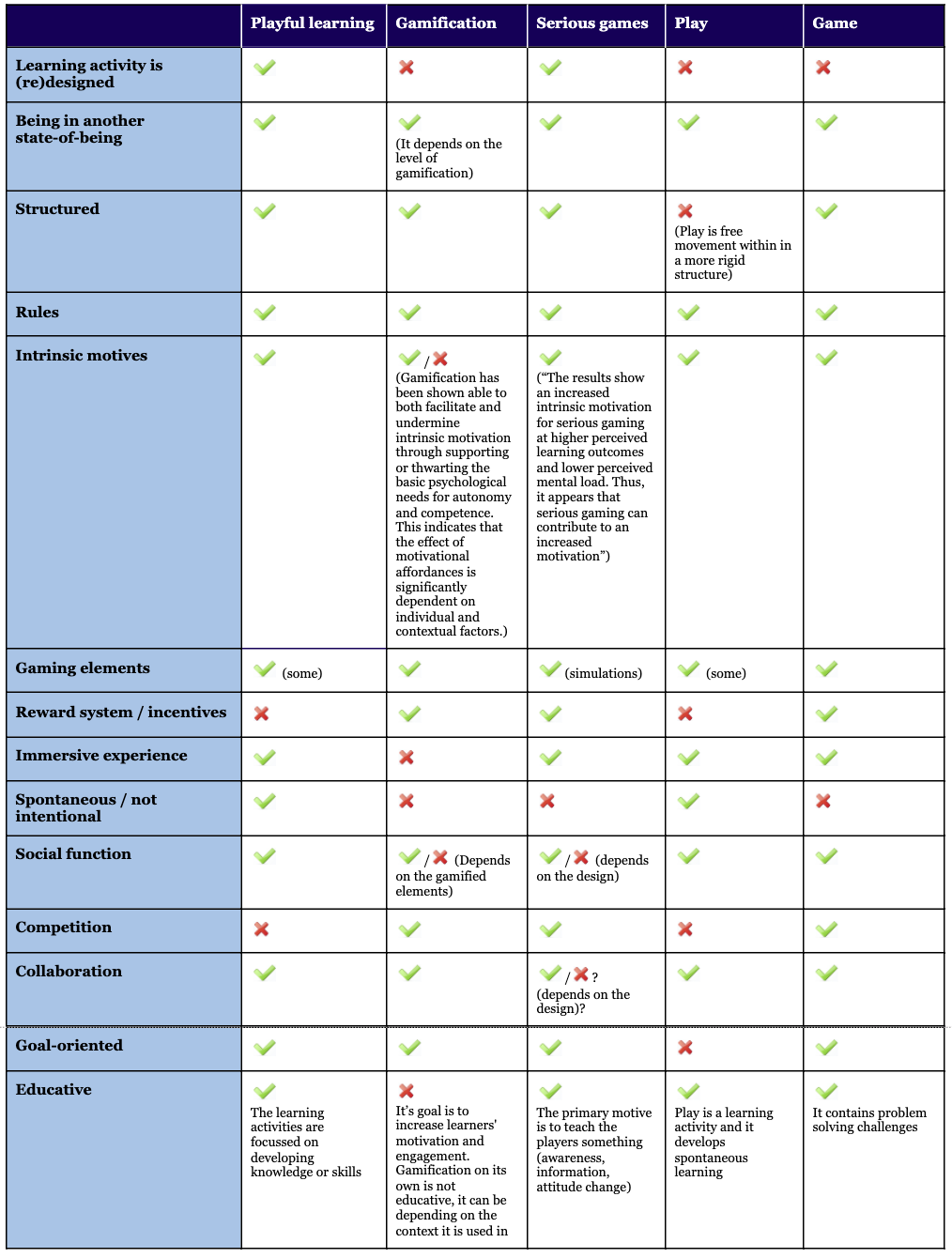
Get involved!
Our learning experts at the Centre for Innovation are currently researching Playful Learning as a didactical approach for higher education, especially for promoting curiosity, creativity and self reflection. A series of articles on what Playful Learning entails is the first step in this exploration. Next we will facilitate small pilots with Leiden teachers to create a playful learning experience. Interested in the concept? Contact us at c4i@sea.leidenuniv.nl to see what we can co-create!
